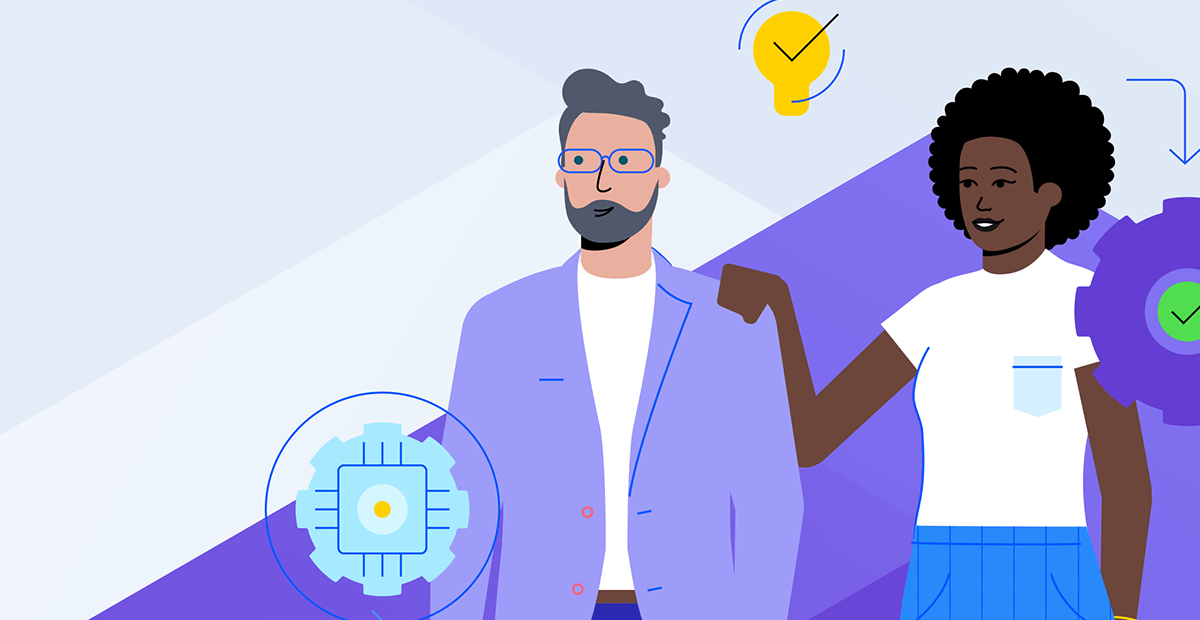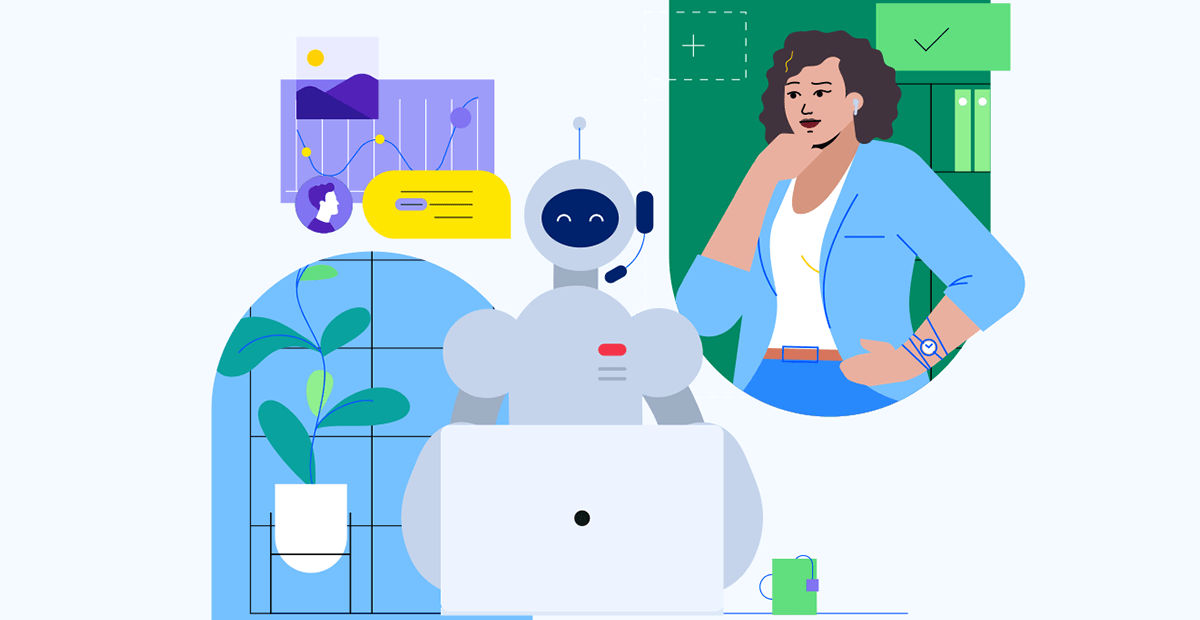
Suzanne Scacca
A former project manager and web design agency manager, Suzanne Scacca now writes about the changing landscape of design, development and software.
Articles by the Author
How to Increase Health App Subscriptions and User Retention
Did you know that the average time it takes a new health app user to convert—either into a paying subscriber or engaged user—is about 5 days? Here are three tips to help you design a health and wellness app that converts well and retains users more effectively.
Digital Transformation in Health Insurance: 6 Design Trends for 2023
If you’ve been building digital products for health insurance companies or are looking to get into the space, then this post will explain why we’re needing to head in a new direction with them.
Why You Can’t Have Empathetic Design Without an MVP
One of the greatest competitive advantages in web design today is the ability to build human-centered products. In this post, we look at the role that empathy plays in design and relationship-building and how empathy can better be achieved through MVP development.
Should Designers and Developers Feel Threatened by the Rise of GPT-3?
Everyone is talking about ChatGPT this year. But is it worth all the hype? What’s more, is it something to worry about if you’re a web designer? In this post, we’re going to break down what GPT-3 is, how AI generators work and what you can do (if anything) to put them to use in your work.
Website & App Security: What You Need to Know to Protect the Products You Build
What can you do to ensure that you’re not setting up your clients for failure or their end users for trouble? In this post, we’ll look at the four parts of a digital product that are the most vulnerable along with what you can do to secure those weak spots.
14 of the Most Valuable Soft Skills for Web Designers
While hard skills are needed in order to do high-quality design work, they’re not the only things that matter to clients. Nor should they be the only things that matter to you. In this post, we’ll examine what exactly soft skills are and which ones you could benefit from as a web designer.

Latest Stories in Your Inbox
Subscribe to get all the news, info and tutorials you need to build better business apps and sites





